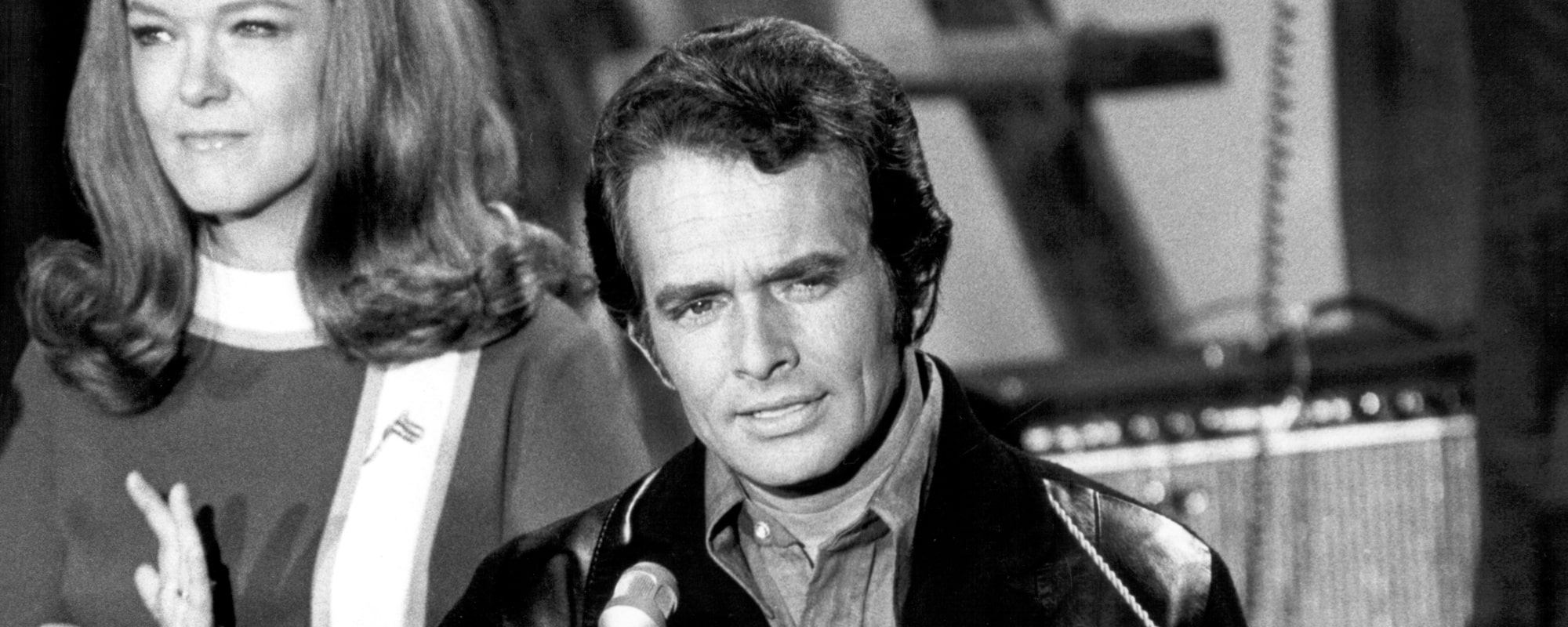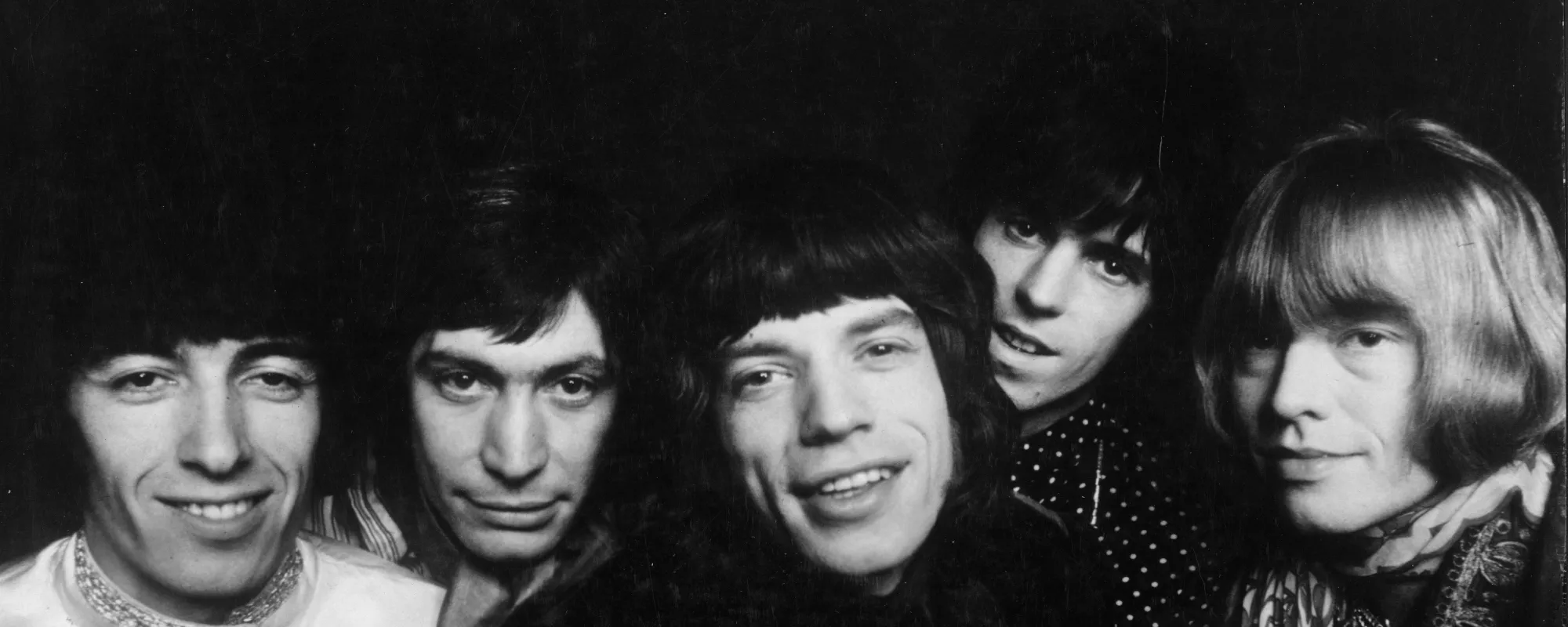There aren’t many one-chord riffs more powerful than R.E.M.’s “Finest Worksong”. It’s the first track you hear on Document, an album famous for classics like “It’s The End Of The World As We Know It (And I Feel Fine)” and “The One I Love”.
Videos by American Songwriter
Document is a notable album title as it also features a new clarity to Michael Stipe’s lyrics. It also began R.E.M.’s first album with producer Scott Litt, who helped guide the band through its most successful period. “Finest Worksong” begins this new period with one of the band’s finest anthems and helped propel R.E.M. into a dominant force in the history of American music.
But if Stipe was making things more distinguishable, listeners were still free to discern their own meanings. And that’s precisely the point, according to the singer.
About “Finest Worksong”
It feels like a workers’ anthem. And with many R.E.M. songs, the feeling part often outweighs any literal narrative. However, this is a different kind of workers’ anthem. Stipe appears to critique how society views work and the unhealthy degree to which it becomes an obsession.
The time to rise has been engaged
You’re better best to rearrange
I’m talking here to me alone
I listen to the finest worksong.
Meanwhile, Stipe’s friend once referred to him as “our generation’s Walt Whitman.” Writing in the liner notes to Part Lies, Part Heart, Part Truth, Part Garbage 1982–2011, Stipe said he meant to write about Whitman but wrote “Thoreau” instead, referencing Henry David Thoreau, the writer best known for his 1854 cabin fantasy, Walden.
Another chance has been engaged
To throw Thoreau and rearrange
You are following this time
I beg you not, beg to rhyme.
Ambiguous Ambiguity
Stipe’s lyrics frequently read more like a puzzle than a narrative. Occasionally, they resemble scratch lyrics, placeholders that will someday get filled in with more completed thoughts. But he sees magic in music being “phenomenally subjective” and described his writing style as being “way open to interpretation.”
So piecing together a meaning requires a little detective work and a lot of interpretation. Yet what the lyrics do elicit is an intense emotional response. With plenty of space left open for the listener to take ownership of the song, R.E.M.’s music lives in a similar communal space to Bruce Springsteen’s.
Even when Springsteen writes of specific characters, it doesn’t take much effort to see yourself in the songs. Whether or not “Finest Worksong” was meant to be a traditional workers’ anthem, once you hear the rallying notes of Peter Buck’s guitar riff followed by Michael Stipe’s shouts about a “time to rise,” it can be anything you want it to be.
Photo by Bennett Raglin/Getty Images for Songwriters Hall Of Fame











Leave a Reply
Only members can comment. Become a member. Already a member? Log in.